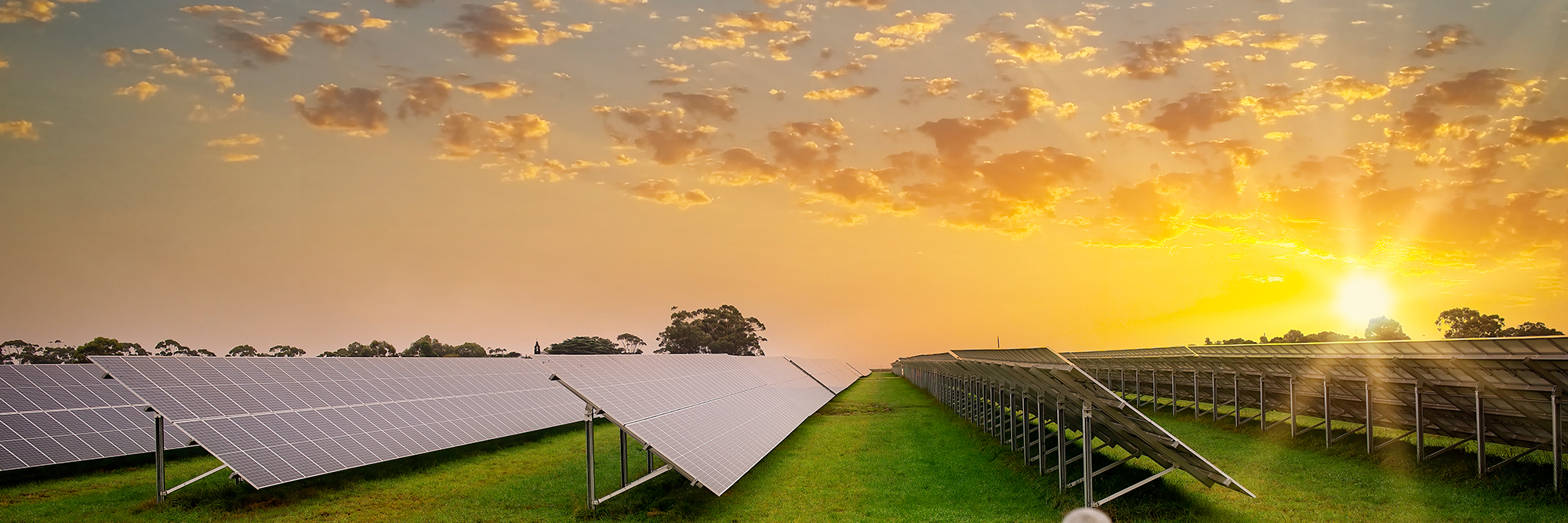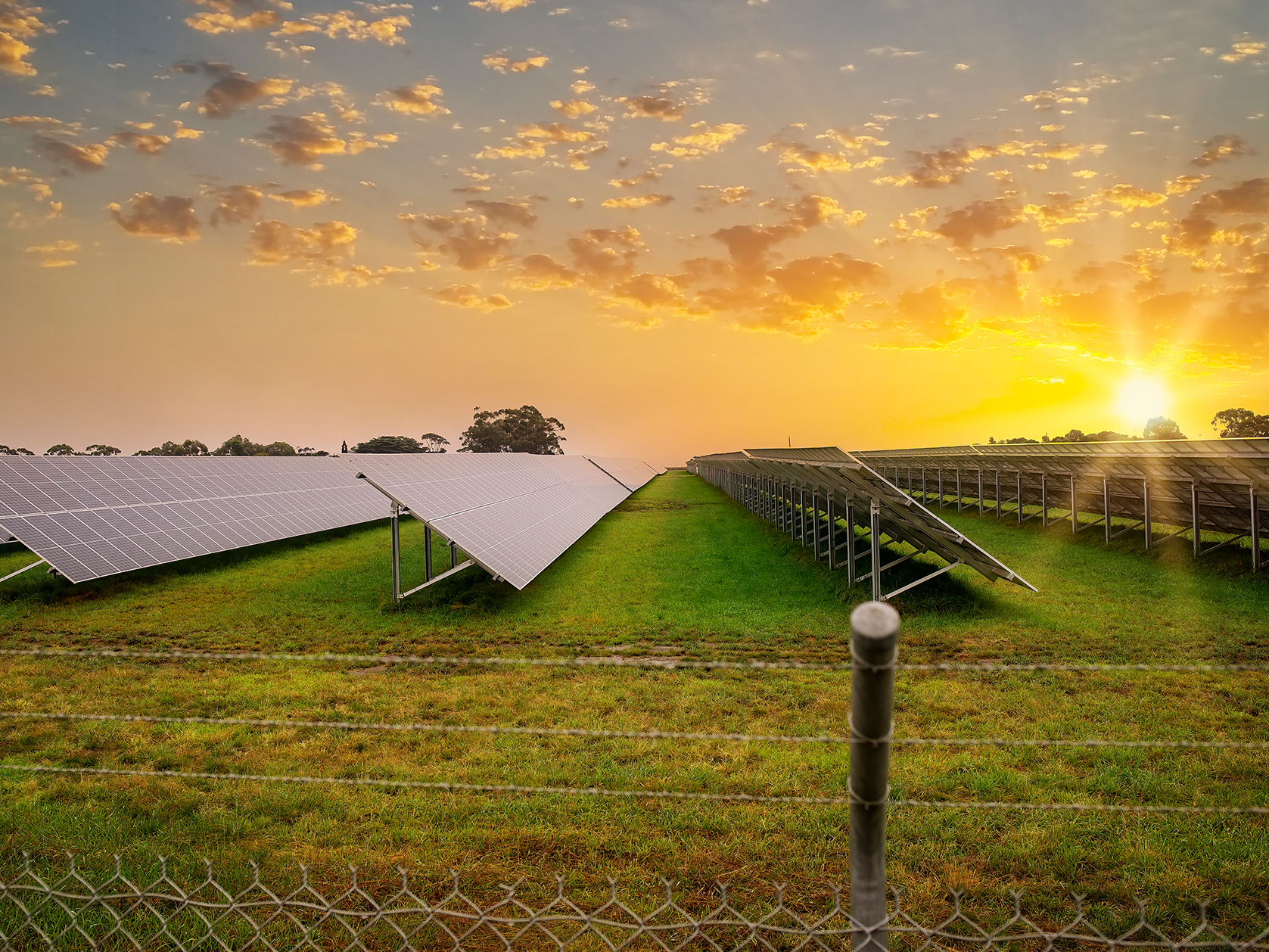Aotearoa New Zealand is in the midst of a solar revolution, with solar farm developments contributing to over half of the new renewable energy projects in the country. Large-scale solar developments are a relatively new development in New Zealand, and we can look to earlier adopters of solar (whether rooftop or utility-scale) for lessons on how to deal with long-term issues that can arise with this technology.
Solar panels have a lifespan of 25 – 30 years and early adopters of solar are now grappling with the issue of what to do with these solar panels as they reach the end of their serviceable life. In Australia it is estimated that more than 140,000 tonnes of solar panels will become waste by 2030.[1] These panels can pose risks to the environment and human health when left in landfills as the photovoltaic (PV) cell inside these panels contains the toxic substance, cadmium.[2] These panels are also bulky and take up valuable space in landfills when dumped.
One solution to this issue is to recycle solar panels at the end of their useable life. However, while up to 95 percent of the materials used to make a solar panel can be recycled, it is not always cost effective or simple to do so. The panels must be stripped and the materials inside carefully separated to preserve their useability. This is not an easy or cost-effective process - the current cost of recycling a single solar panel in Australia is $28; significantly higher than the cost of dumping it in the landfill ($4.50).[3]
With such a significant price difference, how can we ensure that solar panel components are effectively recycled, rather than ending up in landfills and impacting the environmental advantage they may otherwise provide?
Lessons learned from the approach to solar e-waste in Australia and around the world can inform how New Zealand will deal with it, before it reaches our shores.
Other jurisdictions
Australia
Australia has begun to take steps to regulate the recycling of solar panels, but progress so far has been slow. Victoria is currently the only state to have banned the dumping of e-waste, including solar panels. However, there is no mandated or incentivised alternative.
The Victorian solar authority sets out requirements that retailers and end users of solar products must meet to qualify for solar battery rebates. It presently recommends that retailers and/or installers offer end-of-life management programmes for the process of product replacement or disposal, with service providers certified to Australia’s best practice benchmark for the collection, storage, treatment and transport of end-of-life electric and electronic equipment. This is only a recommendation at this stage, with the authority noting that there is a national product stewardship approach underway for PV products.[4]
So while Australia appears to be moving towards a national product stewardship approach for end-of-life solar panels, this programme is still in its infancy. In the interim, there are reports that the ban on dumping in Victoria has led to energy companies stockpiling solar panels to avoid the cost of recycling them.[5] This shows the importance of offering an appealing alternative to stockpiling to get buy-in from solar panel owners.
European Union
The European Union is another major user of solar panels, grappling with the issue of how to deal with these panels once they reach the end of their useable life. The EU directive on waste electrical and electronic equipment (WEEE Directive), mandates the separate collection and proper treatment of e-waste, as well as setting targets for collection recovery and recycling.[6] This puts the responsibility of recycling e-waste products (such as solar panels) on the producers of these products. The WEEE Directive requires 85% collection and 80% recycling of the materials used in PV panels.[7]
This directive has been effective since 2014, so there has been some time for producers to adapt to the requirement to properly treat and recycle solar panels and for an e-recycling market to develop.
PV Cycle is a collective take-back and recycling scheme for end-of-life PV products.[8] It is a not-for-profit organisation financed by the manufacturers and importers of PV products in Europe and designed to achieve the collection rates mandated by the WEEE Directive.[9] The European Union also funds initiatives such as EIT RawMaterials, an organisation that, among other initiatives, has provided support to start-ups that are innovating solar panel recycling.[10] The combination of a penalty for dumping and government assisted options for recycling shares the burden of solar panel recycling between the private and public sectors.
Position in New Zealand
Aotearoa New Zealand is taking promising first steps to establishing a product stewardship system for solar waste in New Zealand that includes both government regulation and private sector input.
The disposal of waste is governed by the Waste Minimisation Act 2008 (WMA), which sets out a mandatory product stewardship scheme for products that are designated as “priority products”.[11] Priority products are designated by the Minister of the Environment if he or she is satisfied that (1) the product will or may cause significant environmental harm when it becomes waste or there is a significant benefit to reuse, recycling, recovery or treatment of the product and (2) the product can be effectively managed by a product stewardship scheme.[12]
In July 2020, the Government announced six products that would be designated priority products under the WMA.[13] This includes e-waste such as PV panels.[14]
Following this designation, TechCollect NZ, a not-for-profit member-based organisation backed by various technology companies, was formed to support the development of the e-waste product stewardship scheme required under the WMA. In 2023 it published two reports; the first provided an overview of the process of co-designing a regulated e-product stewardship system and the second outlined recommendations for this system (TechCollect Reports).
The TechCollect Reports recommended that the product stewardship scheme be funded by collecting fees from “liable parties”, being manufacturers, importers, and distributors of the products.[15] It also noted that the scheme must set measurable waste minimisation, treatment, or disposal objectives for the product, as well as timeframes for meeting these objectives.[16]
The TechCollect Reports identify PV panels as problematic for product stewardship, as there are currently no dedicated PV recycling service providers in New Zealand.[17] This might result in PV products being excluded from the proposed product stewardship scheme, or phased in, until New Zealand has appropriate facilities for recycling these products.[18]
The Ministry for the Environment plans to consult on regulations to support e-waste product stewardship in 2024 / 2025 and the earliest predicted implementation date of the product stewardship scheme is 2025.[19]
Utility-scale solar is set to play a valuable role in New Zealand’s renewable energy transition. While these regulatory steps are promising, private sector or government intervention will likely be required to set up facilities to allow for solar panel recycling in New Zealand. The likely alternative will be that all components except the aluminium frame will need to be dumped, stockpiled, or exported. We will need to act early to ensure the value of solar is fully realised.
This article was co-authored by Alice Logan, a Construction and Infrastructure Solicitor in our Energy team.
Footnotes
[1] https://www.irena.org/-/media/Files/IRENA/Agency/Publication/2016/IRENA_IEAPVPS_End-of-Life_Solar_PV_Panels_2016.pdf.
[2] https://www.sydney.edu.au/news-opinion/news/2023/09/13/australia-faces-solar-waste-crisis.html.
[3] Ibid.
[4] Product stewardship is an approach by which producers, importers, and retailers take responsibility for the end-of-life management of their products.
[5] https://www.sydney.edu.au/news-opinion/news/2023/09/13/australia-faces-solar-waste-crisis.html.
[6] https://environment.ec.europa.eu/topics/waste-and-recycling/waste-electrical-and-electronic-equipment-weee_en.
[7] https://www.pv-magazine.com/2020/08/26/recycling-pv-panels-why-cant-we-hit-100/.
[8] https://www.technosun.com/descargas/LDK-folleto-PVCYCLE-EN.pdf.
[9] https://www.technosun.com/descargas/LDK-folleto-PVCYCLE-EN.pdf.
[10] https://eitrawmaterials.eu/three-start-ups-boosting-the-european-solar-panel-value-chain/.
[11] Ss 9 – 10.
[12] Section 9.
[13] https://environment.govt.nz/what-government-is-doing/areas-of-work/waste/product-stewardship/regulated-product-stewardship/.
[14] https://gazette.govt.nz/notice/id/2020-go3343, Annex 2 of WEEE Directive.
[15] E-Product Stewardship in Aotearoa New Zealand Report Two – Scheme Framing and Design Recommendations at [3.4.1].
[16] Ibid, p 8.
[17] E-Product Stewardship in Aotearoa New Zealand Report One – Scheme Framing and Design Options p 29.
[18] Ibid, p 30.
[19] https://environment.govt.nz/what-government-is-doing/areas-of-work/waste/product-stewardship/regulated-product-stewardship/.








